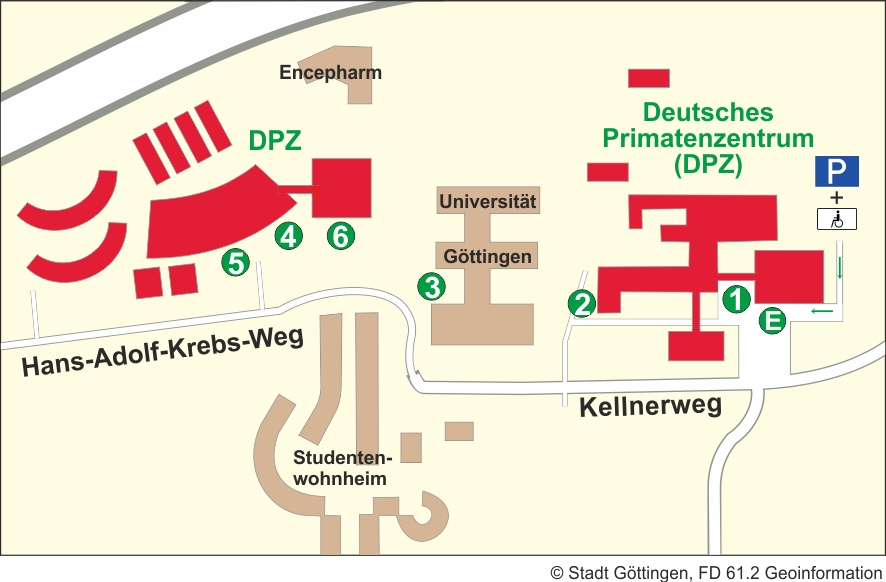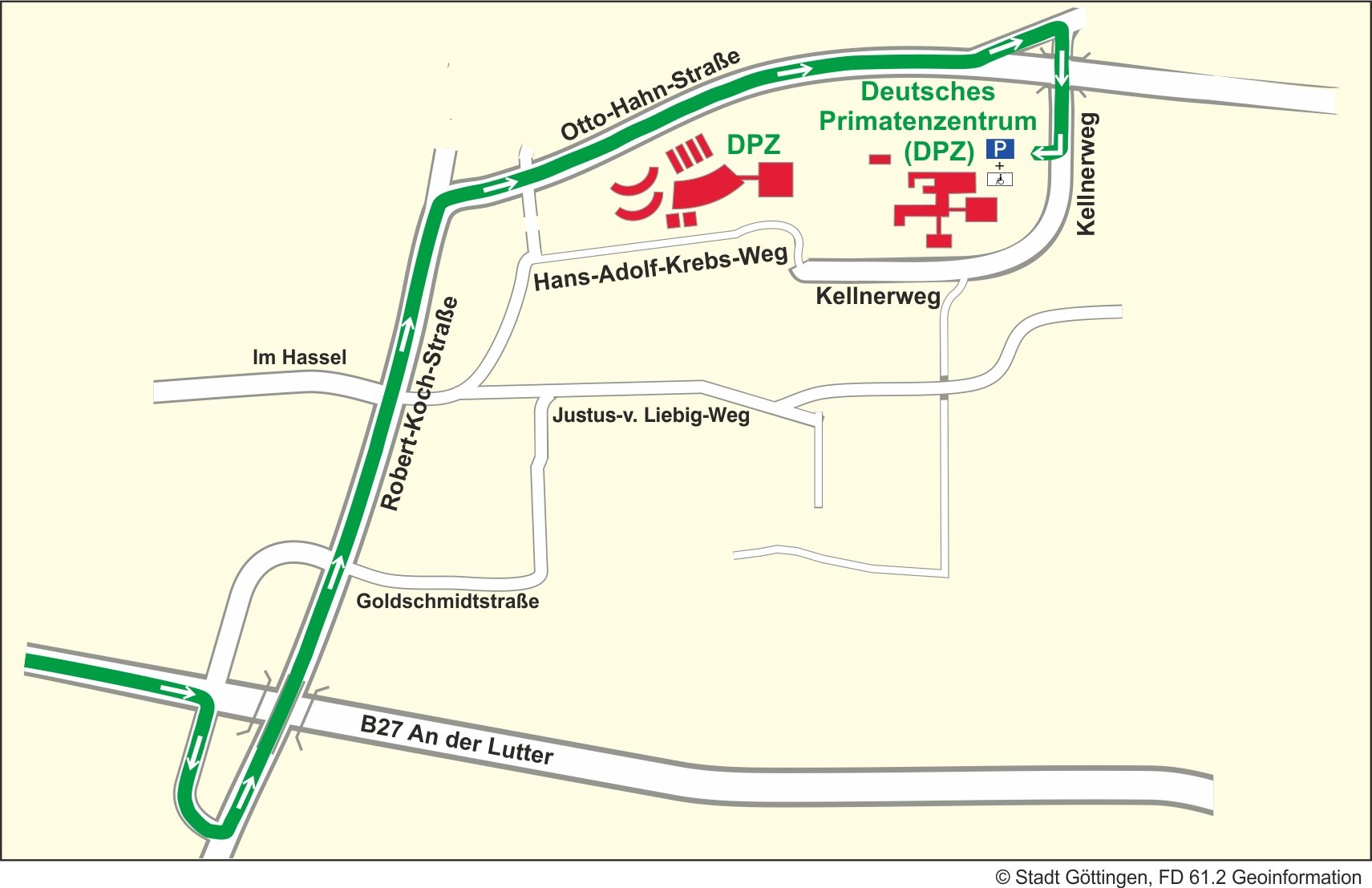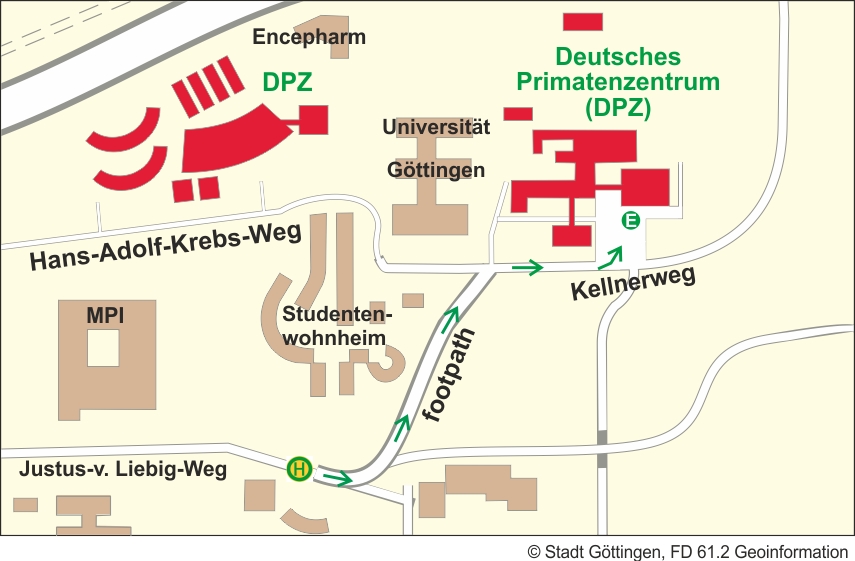Animal Social Network Analysis
Save as calendar entrySince the research led by E. O. Wilson and Robert Hinde in the 1970s, animal societies have been considered, on the one hand, balanced adaptive systems between their costs and benefits that many factors, whether external (e.g. predation pressure, pathogens, food resources) or internal (e.g. competition for access to reproduction), may unbalance through changes in the constraints they entail. On the other hand, animal societies are also viewed as the product from heterogeneous social interactions between group members. Nonetheless, it is only recently, notably through social network analysis (SNA), that these theoretical concepts could be evaluated in an easy way. Indeed, SNA allows to estimate, within an ecological and evolutionary framework, both the mechanisms and consequences of social interactions but also to assess how the combination of all social interactions in a group shapes a complex social structure with potential adaptive properties. Thereby, SNA makes it possible to test for the first time theoretical concepts set out more than 50 years ago. In this presentation, I will 1) explain how SNA allows to study Hinde’s and Wilson’s conceptual framework, 2) make a review of the advances made in the field of animal sociality and 3) present part of my current research to go beyond these two major concepts.
Referent
Sebastian Sosa Orozco
Journey Description
Map

E - Main Entrance/Reception
1 - Managing Board; sections: Infection Biology Unit, Unit of Infection Models, Laboratory Animal Science Unit, Primate Genetics Laboratory, Behavioral Ecology and Sociobiology Unit, Cognitive Ethology Laboratory, Neurobiology Laboratory, Research Coordination, Public Relations, Information Technology, Administration, Technical Support, Library.
2 - Material Delivery/Purchase
3 - Platform Degenerative Diseases
4 - Cognitive Neuroscience Laboratory
5 - Animal Husbandry
6 - Imaging Center, Functional Imaging Laboratory
Arrival by car

Leave the interstate A7 at exit "Göttingen Nord". Follow the B27 straight ahead in the direction of "Braunlage". After the third traffic light intersection turn right towards "Kliniken". Afterwards turn left onto "Robert-Koch-Straße" direction "Universität Nordbereich/Polizei". At the end of "Robert-Koch-Straße" turn right onto "Otto-Hahn-Straße", direction "Nikolausberg". The first street on the left turn onto "Kellnerweg", follow the signs "Deutsches Primatenzentrum".
Arrival by bus

The footpath from the bus stop "Kellnerweg" to the Main Entrance/Reception:
From Bus stop "Kellnerweg" (line 21/22 and 23) Cross the road, go in the direction of the bus. At the mailbox, turn left into the footpath and proceed to the end. Turn right into the Kellnerweg. The main entrance of the DPZ is on the left side.
Date and Time 14.07.22 - 16:00 - 18:00 Signup is not required
Location Michael-Lankeit lecture hall
Deutsches Primatenzentrum GmbH
Leibniz-Institut für Primatenforschung
Kellnerweg 4, 37077 Göttingen
Department of Behavioral Ecology and Sociobiology
